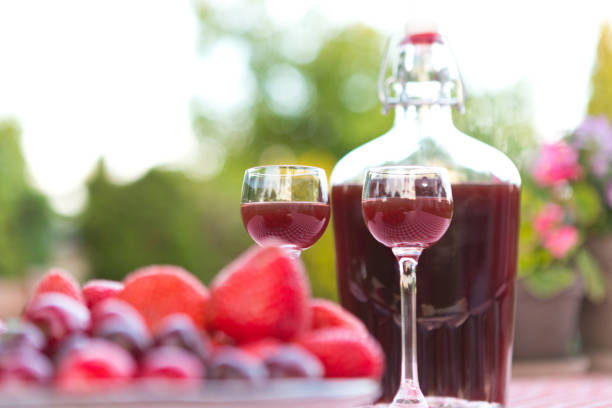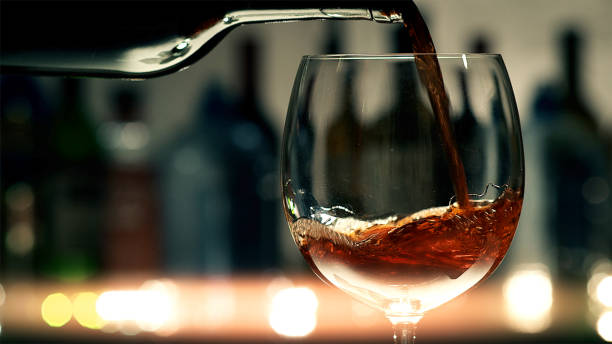For generations, people have been stumped by the combination of wine and food. If you are not a wine expert or chef, it can be difficult to determine which wine is best for your food.
We’ll show you how to pair food with wine, and we’ll also give you a few pairings you can rely on to please your palate.
The Science Behind Food and Wine Pairings
Wine flavors are made up of a few components: sugar, acidity, fruit, tannins, and alcohol. Most foods have specific flavor components as well, including acid, bitterness, sugar, salt, and fat.
To create a sensual experience, choose food and wine combinations that have complementary textures and components and similar levels of richness. A wine with contrasting flavors to the food is another option.
You can, for example, cut the fat from a creamy, rich pasta by enjoying a crisp white wine that is dry and unoaked. If you want to enhance the creamy, rich flavors in the pasta, choose a soft, big Chardonnay.
There are six factors to consider when pairing white or red wines with food: acidity, sweetness, bitterness, and texture. The way these six characteristics combine in the wine and food will determine the enjoyment of the pairing.
Fat
Wine is a great alternative to many of our favorite foods that contain fat. When pairing a wine with fatty foods such as meat or dairy, balance the acidity of the wine with the fat in the food.
A prime steak tastes great with a wine based on Cabernet because the protein and fat in the beef soften the tannins that can dry out your mouth.
Acid
When choosing a wine for an acidic food, make sure that the wine has the same acidity as the food. Otherwise, the wine will taste bland or washed out.
Salt can be tricky. Salt can ruin Chardonnay, make red wine tasteless, and make high-alcohol wines bitter. Salty foods are best paired with sweet wine to combat this.
Sweetness
Chardonnay is a good choice for food with a slight sweetness. However, if you are eating a sweet, flavorsome dessert, then your wine must also be lovely. A slightly bitter dark chocolate pairs well with a somewhat sugary red wine, such as Zinfandel.
Bitterness
Bitter foods and wines are often avoided, especially because bitter wine is typically made from unripe grapes. Bitter food and bitter wine are likely to overwhelm your palate if you’re going for an intense bitter taste combination. Opt for something sweeter to counteract the bitterness.
Texture
It’s as simple as that! Light food and light wines go together, while heavy food goes well with heavy wines.
It’s worth brushing up your knowledge of white and red wines if you want to be an expert in pairing food with wine.
The Perfect Drop for Your Next Dish
Here are some of our favorite combinations to get you started.
Pinot Noir: Pairs well with earthy flavors. Light-bodied reds with a savory edge are perfect for pairing with mushrooms and truffles.
Chardonnay – Pairing Chardonnay with rich sauces and seafood is a surefire way to make it a success.
Champagne: Sparkling wines that are dry with a hint of sweetness, such as Spanish Cava, can be served with salty food.
Cabernet Sauvignon: If you like steaks or chops seasoned with herbs, California Cabernet blends will make them taste even better. Your palate will feel refreshed after every bite.
The combinations above are only the beginning of what you can do when it comes to food and wine pairings. You can experience the Yarra Valley’s finest wineries pairing their delicious dishes with premium wines by contacting Australian Wine Tour Co.




